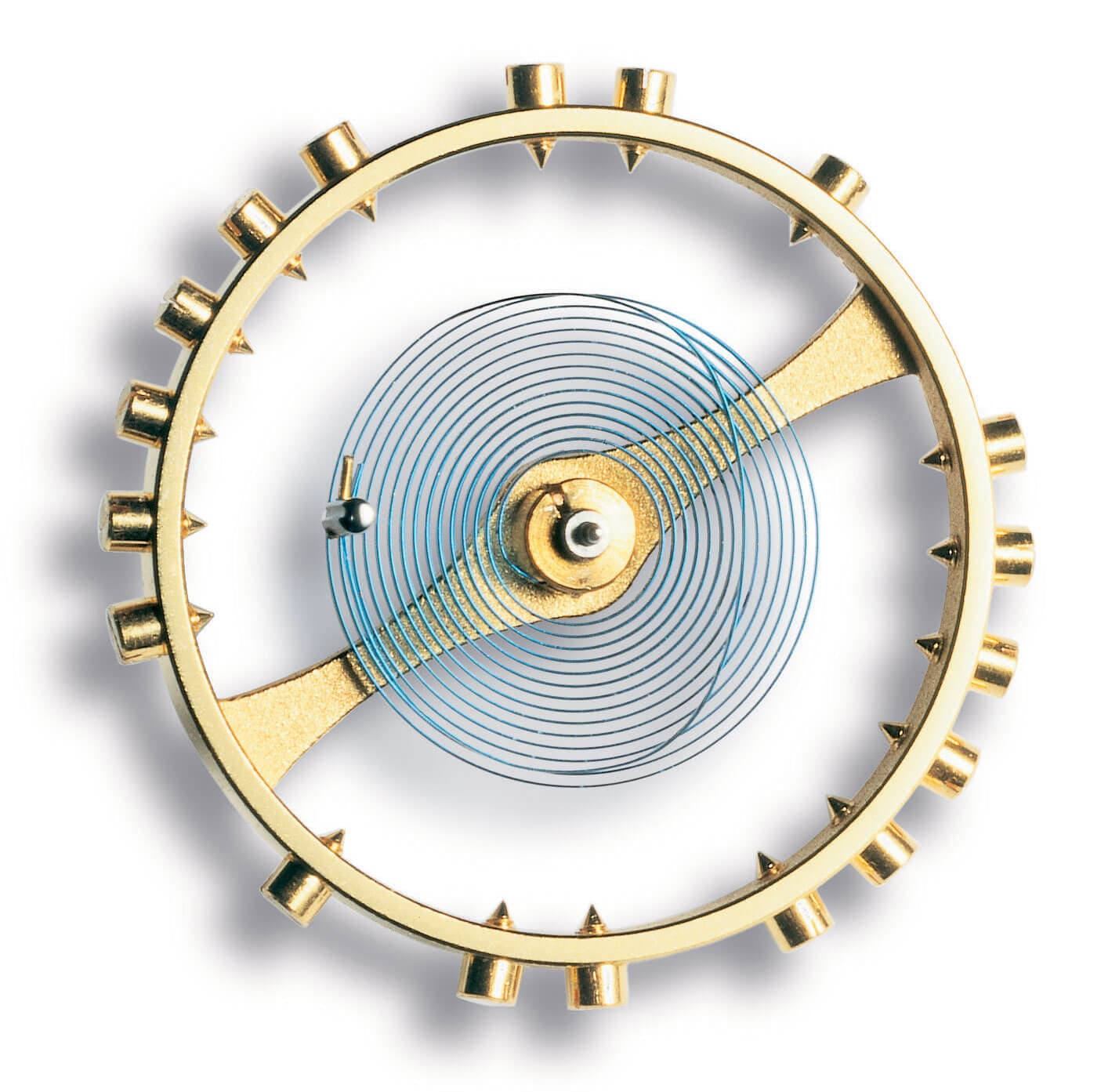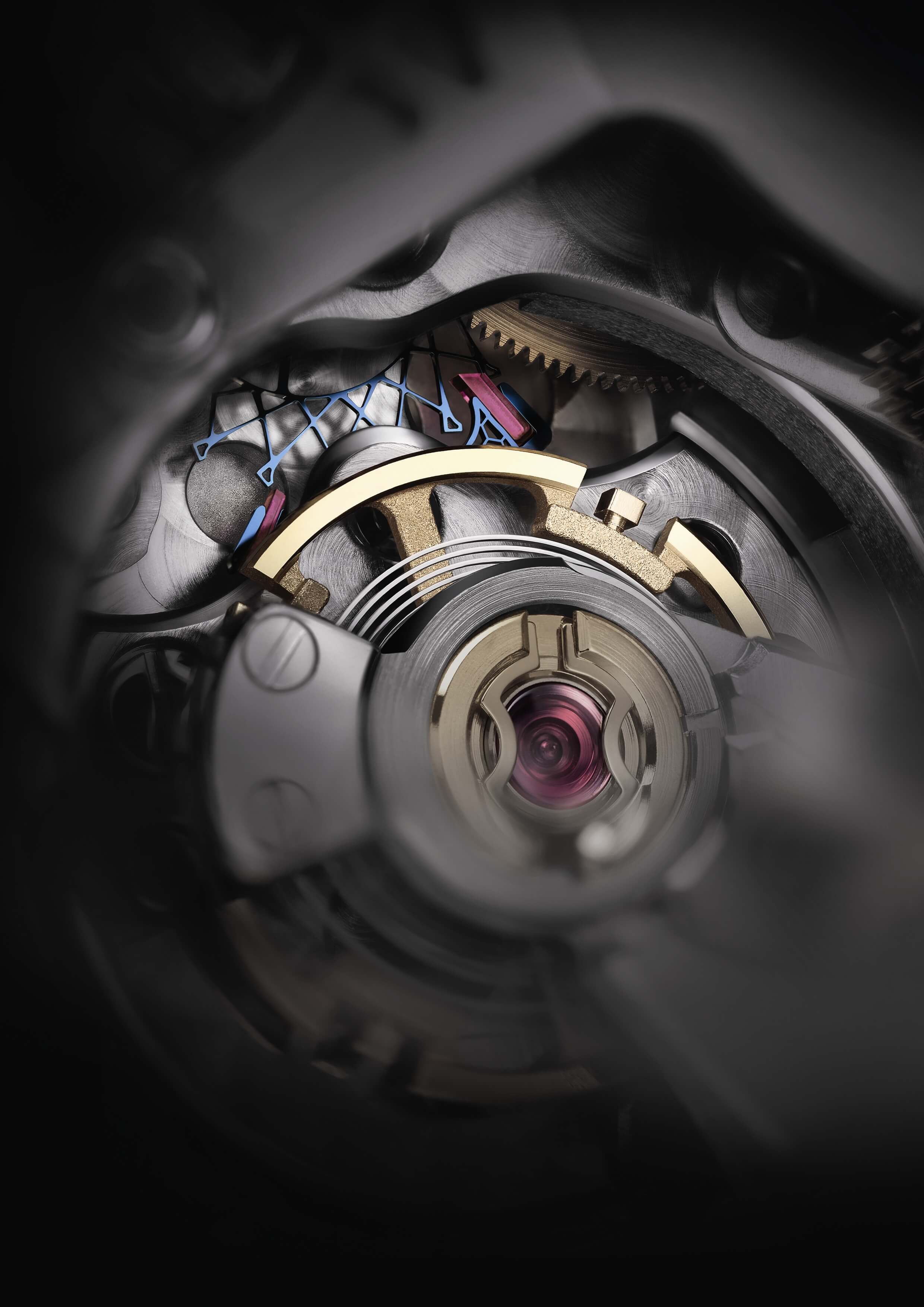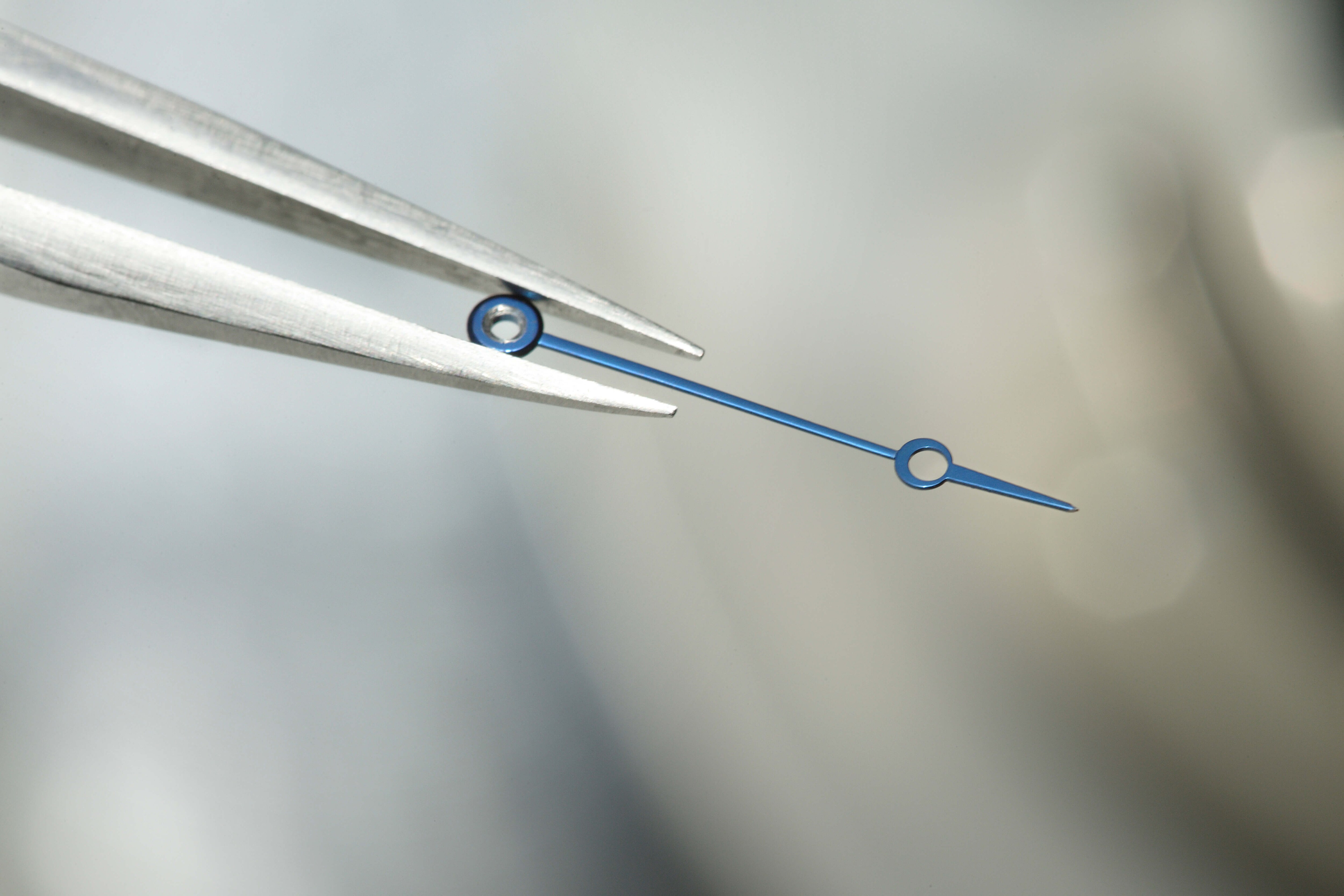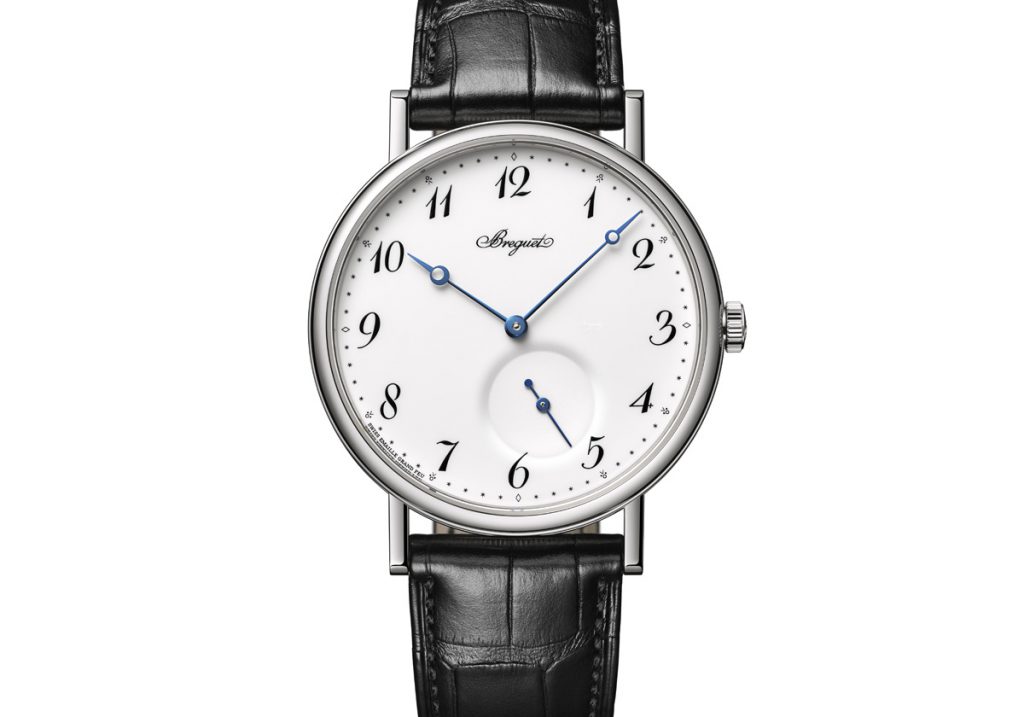By Harlan Chapman-Green
Okay, this is a bit of a tricky one. The thing is, we’re getting into the very technical companies now, but they don’t often use jargon in the way companies with huge markets like Rolex and Omega do. This is, presumably, because people ‘in the know’ regarding watches would be these company’s main clientele, so they will likely understand most of the terms without a need for simplifying. But, we still like to be informative here and there are of course some of Abraham Louis Breguet’s own inventions which require clarification. Looks like the Jargon Buster has his or her work cut out, so let’s get started.
Tourbillon

Let’s clear this one up a bit. Yes, almost all of us watchaholics will know pretty much what a tourbillon does, how it works and will have their own opinion about the tourbillon’s validity as an accuracy improving complication. Put as simply as I can manage the tourbillon, French for whirlwind, revolves the oscillating balance wheel on its own axis once a minute. By doing this it removes the possibility that the accuracy of the watch is affected by gravity. That applied to pocket watches well as they were only held in one position most of the time, upright, but with wristwatches it gets a whole lot trickier. There are many in-depth discussions I would recommend reading on both publications and forums regarding the tourbillon. Some have trouble distinguishing it from an exposed balance wheel on a cheaply made generic movement, the first tip I always give is look at the price tag, because a few hundred dollars and it probably isn’t a tourbillon, but if it is you don’t want it. It can also be confused with the Carrousel which is quite similar.
Models with this complication: I won’t list them all, but my three favourites are the Classique Complications Double Tourbillon, Classique Complications Tourbillon Messidor and the Classique Complications Extra Plat.
Breguet Overcoil

The Breguet Overcoil is a special type of spring for the balance wheel that found its way into watches outside of Breguet. Companies like Rolex use balance springs with a Breguet Overcoil because of its superior design to previous flat balance spring. As you know, the power from the barrels is transferred via gears to the balance wheel, which has a tiny spring connected to it. In 1675 the flat balance spring was invented, making a wristwatch as accurate as a pendulum clock. These were often rudimentary in design and were limited in terms of performance. To combat this, in 1795, Breguet raised the last coil of the spring over itself and thus the balance spring became concentric. Watches were more accurate and components suffered less from wear and tear. If you ever see a vintage watch movement with ‘Spiral Breguet’ or ‘Breguet overcoil’ on it then you know the watch has one of his designs powering it.
Models with this feature: Tradition references 7077, 7097, 7027, 7057, 7067. Classique references 7727, 5287. Classique Complications references 3797, 3795, 3357, 3358, 3355, 5335, 5359, 5317, 5347, 5349. Héritage 5497.
Pare-Chute

Invented by the man himself in 1790, the Pare-Chute is one of the precursors to the modern day shock protection systems such as Incabloc. Although it works in a different way, the Pare-Chute was one of the first explorations into the idea of making a delicate watch more practical for everyday use. In the event of an impact, the part most people are concerned about is the balance wheel, aka the speed regulating device inside the watch. This part is extremely delicate and is connected by rods that are even moreso. Breguet decided the way to combat this was to make the pivots of the balance wheel into a cone shape, as this will be much harder to break or bring out of alignment. All of his ‘perpetuelle’ watches received this during and after 1792, and soon all of his watches would sport a Pare-Chute, too.
Models with this feature: Tradition references 7077, 7097, 7027, 7057, 7067. It is also referenced on the dial of the Classique Chronométrie as the magnetic balance system is loosely based on the Pare-Chute.
10Hz

Ten Hertz technology found inside Breguet watches is a marvel to behold. These watches operate at incredible speeds, 72,000 beats per hour, twice that of the famous high beat Zenith El Primero calibers. By increasing the amount of oscillations the balance spring performs, you can increase the accuracy of a mechanical wristwatch. As such, these are probably the most accurate mechanical wristwatches ever developed. Both silicone and magnetic fields were used in these watches to make the balance as free as possible to move at these speeds, something other watchmakers wouldn’t have the guts to do these days.
Models with this feature: Type XXII, Classique Chronométrie 7727.
Breguet Hands

Also known as Pomme Hands, Breguet hands are of a particular style, they are slim all the way along the shaft leading to a hollow roundel on the end with an arrow pointing out of the top. They are more classically styled compared to other designs such as dauphine.
Models with this feature: Nearly all of them, even the antique ones.
Breguet Numerals

Breguet Numerals, much like Breguet hands, are one of the countless ways of printing numbers onto a dial. They are characteristically quite curvaceous and often appear as if they are in Italics.
Each numeral is slightly incluned, reflecting the mountains of Switzerland, or perhaps instead France’s political turmoil at the time, when the Royal Family were overruled. Either way, these numbers are some of the most magical numbers as they are made by Breguet which means they are categorically superior in every single measurable aspect. Other companies such as Patek Philippe use them quite often to good effect.
Models with this feature: Lots
Retour En Vol

This French term refers to the chronograph movement in the Type XX range, it means that the chronograph is go the flyback type, so you can reset the chronograph without stopping it first, a feature demanded by the French Air Force at the time.
Models with this feature: Type XX, Type XXI and Type XXII.
Secret Signature

Some Classique watches have a Breguet signature on the dial near the 12 O’clock position. These are very hard to make and thus hard to copy. Maybe there’s something else hidden out of view that can verify authenticity?
Models with this feature: If I told you that…
For more info, please visit breguet.com



